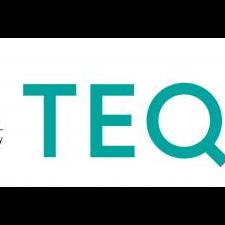Generative Artificial Intelligence and Ethical Practice

![]()



Common FAQs on using Generative Artificial Intelligence Technologies
How can I use Generative Artificial Intelligence like ChatGPT ethically?
You can use it:
- for administrative tasks, including note-taking, scheduling, and generating generic samples for correspondence.
- to get a quick overview of information in a given area, in the same way, that you might refer to a Wikipedia entry.
- to get pointers on areas for further research that will then enable you to develop broader insights into your topic.
Note: ChatGPT cannot be relied upon to provide factual information. All text generated by ChatGPT should be fact-checked with other sources
You can say to Chat GPT:
“I don’t understand X can you explain that in a different way?”
or “I don’t agree with that. What about….”
or “Are you sure about that? Have other people discussed alternative views?”
What do I need to do to ensure that I am using Generative Artificial Intelligence ethically for assessments?
You need to be aware of the level of Generative AI use that is permitted for the specific assessment you are working on. You must also know your responsibilities when it comes to acknowledging content gained from generative AI as well as any other function performed by such tools during the writing of your draft. Check the library guide on referencing and acknowledging Generative AI tools in your assessments.
You will still need to find credible sources to use as evidence to support your ideas in your assessments. You need to use in-text citations and write your own accurate reference list of the credible sources you used.
How might a tutor know that I have used ChatGPT if I don’t acknowledge it?
Although it can vary in its responses to the same question, ChatGPT will likely use similar language and similar examples when asked to respond to the same question. If a number of students choose to use ChatGPT, then their answers will probably look alike. Chat GPT is not a very good stylist and it generates text that is surprisingly monotonous and unvaried in tone and sentence structure. This is a giveaway, that will be noted by an experienced tutor.





